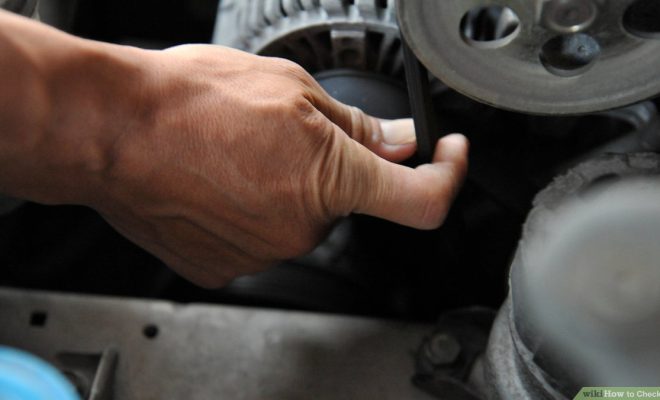How to Check Belts

Belts are an essential component of many mechanical systems, including your car’s engine, power steering, and air conditioning. These belts help transmit power from the engine to various components and can wear out over time. Failure to maintain them can lead to a breakdown or costly repairs. In this article, we will guide you through five simple steps to check the condition of your belts and keep your vehicle running smoothly.
1. Locate the belts:
The first step in checking your belts is to locate them. In most vehicles, you will find them under the hood at the front of the engine compartment. Belts are typically serpentine or v-shaped and may be located near the alternator, power steering pump, water pump, air conditioner compressor, or other components.
2. Inspect for visible damage:
With the engine off, take a close look at each belt for visible signs of damage. Look for cracks, fraying, glazing (a hardened, glossy appearance), abrasions, or missing chunks of rubber. If any of these signs are present on one or more belts, it is a good indication that they need to be replaced.
3. Test belt tension:
Belts should have proper tension to operate effectively. To do this, press down on the middle of a belt with your thumb; there should be some resistance but also some give when applying pressure. If it feels too loose or too tight, you may need to adjust or replace it.
4. Examine belt alignment:
Misaligned belts can cause excessive wear and tear on the pulleys they run around. Check that each belt is running true and straight on its respective pulleys and that there is no side-to-side play. If you notice misalignment or excessive play in the belt’s position on the pulleys, they may need adjustment by a professional mechanic.
5. Schedule routine maintenances:
To ensure your belts remain in good condition, it is essential to perform routine maintenance. Consult your vehicle’s owner manual for the recommended maintenance schedule, and follow the guidelines accordingly. Regularly checking your belts will help you identify potential issues early and save money on repairs.
In conclusion, routine inspection and maintenance of your belts can prevent unexpected breakdowns and keep your vehicle running efficiently. By following these five steps, you can ensure the longevity of your car’s belts and avoid costly repairs down the line.

